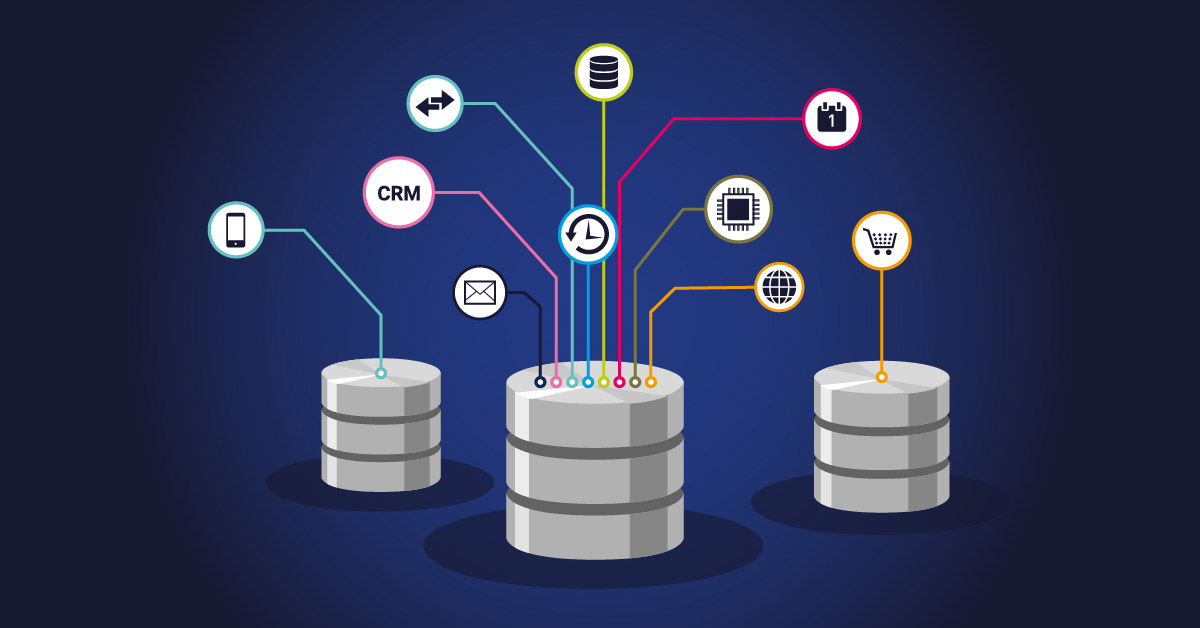Everything you need to know about SQL Server security
SQL Server security has always been a pressing concern, even for the most experienced SQL Server users. Regardless of your version, the SQL Server database is under constant threat because it contains valuable data that malicious hackers want to access.

SQL injection attacks (SQLi) are easy to implement and potentially dangerous, making them very popular with hackers. The State of the Internet/Security Report shows that SQLi alone accounts for 77% of all application attacks in 2019. SQLi means that hackers insert arbitrary SQL servers into the application's database query in order to destroy it.
The security of SQL Server environments is one of the main tasks of database administrators. Fortunately, SQL Server is designed to be a secure database platform. It has several features to encrypt data, restrict access and authorisation, and protect data from theft, destruction and other types of malicious behaviour.
However, there are still many companies that are affected by vulnerabilities in SQL databases. These include SQL Server injection attacks, SQL Server credential forcing and other data recovery manipulation attacks.
The threat to SQL Server is omnipresent today. But that doesn't mean there's nothing we can do about it. To protect the enterprise from such attacks, database administrators and security professionals must understand the potential threats to the database management platform and take proactive steps to mitigate the security risks.
Best practices for SQL Server security
SQL Server is one of the most popular data platforms in the world. It is used for the critical operations and processes of an organisation. Therefore, it offers a variety of security tools to protect against malicious attacks and to secure SQL Server instances.
However, the use of default security settings may have security vulnerabilities, leaving the network vulnerable to attack. Here you will find a SQL Server security checklist that you can use to effectively ward off threats to your database platform.
1. carrying out several SQL Server security audits
Regular security, logon and server authorisation audits are a basic requirement to prevent potential attacks and support forensic analysis of a possible data breach. However, an enterprise-wide SQL Server security audit is not only an investment in security, but has become a legal requirement in the wake of new legislation such as HIPAA and GDPR.
First define what you want to audit. In your server audits you should monitor the following points.
• User logins
• Exam C2
• Common compliance criteria
• Login check
• Server configuration
• Changes to the regulation
• SQL Server Verification
• SQL trace
• Extended events
• Entering change data
• DML, DDL and enrolment triggers
A routine audit can help improve the health of your database and network. For example, if a query cannot be executed, an audit can identify the reason: Is there a security threat or is it an error in the sequence of SQL operations?
Similarly, repeated failed server logins, changes and deletions to restricted database objects, and changes to settings and permissions indicate that someone is trying to access your server. Regular security checks (including logon verification) can help you spot these signs of potential server attacks and stop them before they do more damage.
2. Have a strict password policy
All database administrator accounts must have a secure password to prevent brute force attacks.
• Contain at least 10 characters, including numbers, upper and lower case letters and special characters. You can also use passphrases consisting of at least 15 characters including letters and numbers.
• Avoid easy-to-guess passwords such as "password", "qwerty" or your spouse's name and date of birth. Also, do not use the same password for multiple systems.
• Change the password regularly.
Use password management tools with a strong master key to store multiple passwords.

3. Keep the system lean
With unnecessary software and additional applications, hackers can exploit your SQL database server. In addition, multiple applications are difficult to manage and quickly become obsolete.
We all know how outdated or unpatched applications introduce vulnerabilities into the system and invite attackers to execute unauthorised code on a SQL server via an authorised path (SQL injection).
Limit the installation of SQL database components and functions to those required for specific tasks. This reduces database resource consumption and simplifies administration, minimising security risk.
4. application of the principle of least privilege
We are all familiar with the principle of least privilege required, a common expression in the field of information security and computing. It states that an account should only be granted the privileges (in this case the minimum privileges and system rights) that are necessary for it to function properly.

Based on this principle, determine which accounts should be authorised to run which database services. Better yet, assign a separate account to a particular service. This way, if one service fails, the other services can enforce security and continue to operate normally.
These are some of the accounts you can have for SQL Server services.
• A domain user account - This is the most commonly used account type for running SQL Server services as it is quite secure as it has no administrator rights.
• Active Directory Managed Service Accounts - This account is more secure than a domain user account because you cannot log on to the server with this account and you do not need to perform manual password resets.
• Local User Account - Usually a good option for non-domain environments.
• Local System Account - These accounts have full privileges and unrestricted access to all local system resources. The local system account has privileges that an SQL server does not need, so you should not use it to run services.
• A network service account - Has fewer privileges than a system account, but has more access to network resources and objects than members of the user group. Avoid these types of accounts if possible.
• The virtual service account - This account is similar to the AD managed service account, but can be used to manage services without a domain. Technically, it is an integrated network service account that has its own unique identifier. This makes virtual service accounts ideal for SQL services.
5. have a sound strategy for securing databases.

Always back up your SQL database and store it in different locations outside your network. Rely on third-party SQL recovery tools to solve SQL database problems such as corruption and inaccessibility of database files.
And what else? Remember to encrypt your SQL Server database backups. Your backup copy contains the same sensitive data as your database and should therefore be protected in the same way. You don't want your backup files to be corrupted. So apply the same protocols, including access restrictions, security measures and monitoring/controlling access to the backup data.
6. use a suitable SQL Server monitoring tool
A robust SQL Server monitoring tool should be able to scan the processes of a database application and monitor changes to the configuration of the database server. It should quickly detect errors, sessions and individual SQL Server statements that allow access to sensitive information.
It is important to remember that the monitoring tool itself can be a security risk, as it is a sensitive system that is being monitored. Therefore, the tool must use modern security practices that allow it to maintain the long-term health of your database and network.
Use an appropriate SQL Server monitoring tool to protect your server from common attacks, troubleshoot performance issues and keep your network operational.

In summary
SQL Server offers several features to support and secure database applications. However, it is impossible to predict what security threats may occur over time. Therefore, it is advisable to know the most common best practices and security considerations to protect your database applications.
The above information will help you build a solid SQL Server security strategy to counter common security threats.
If you have any questions, ask us here or in our web chat.
If you want to see more of our content, feel free to visit our YouTube channel.
Related blog posts
https://licendi.com/blog/sql-server/https://licendi.com/blog/sql-server-2019/





